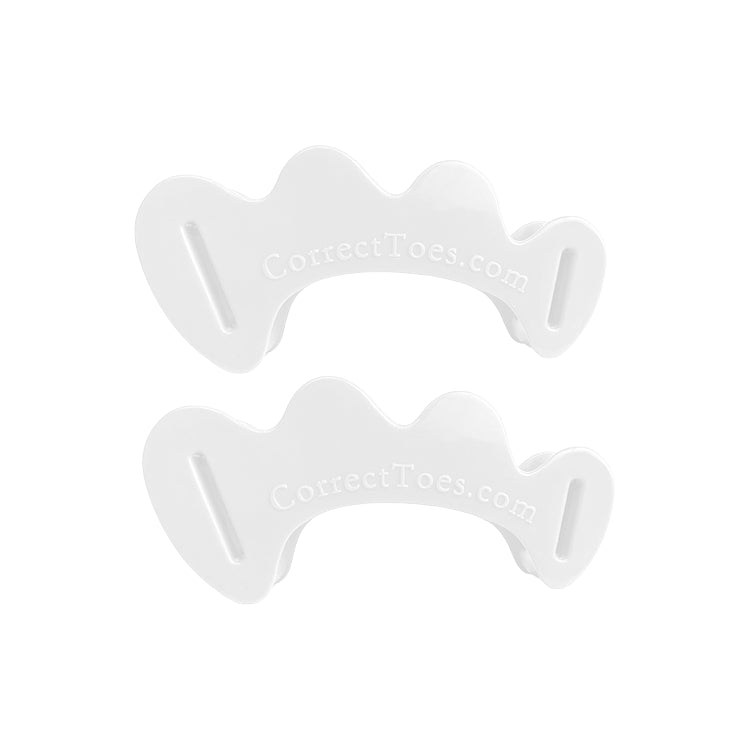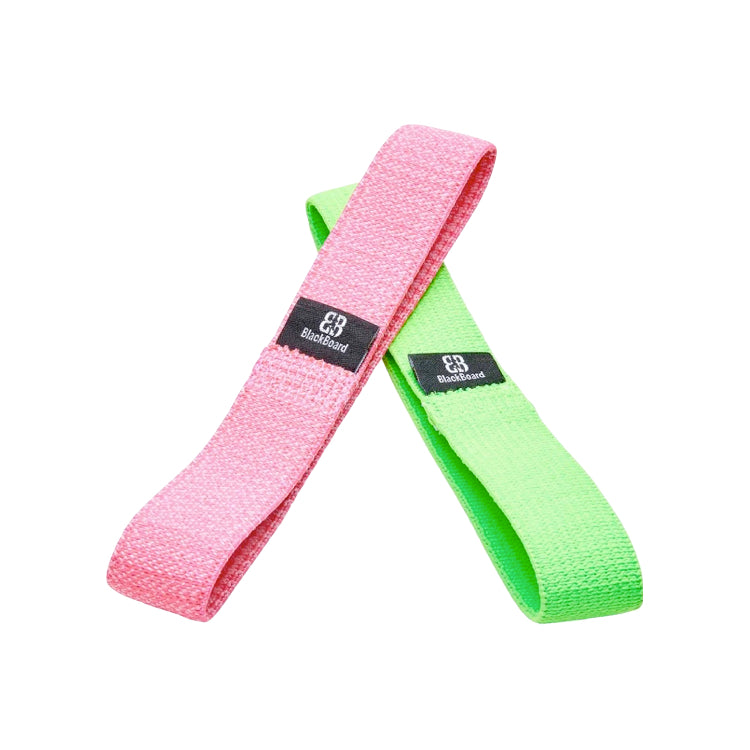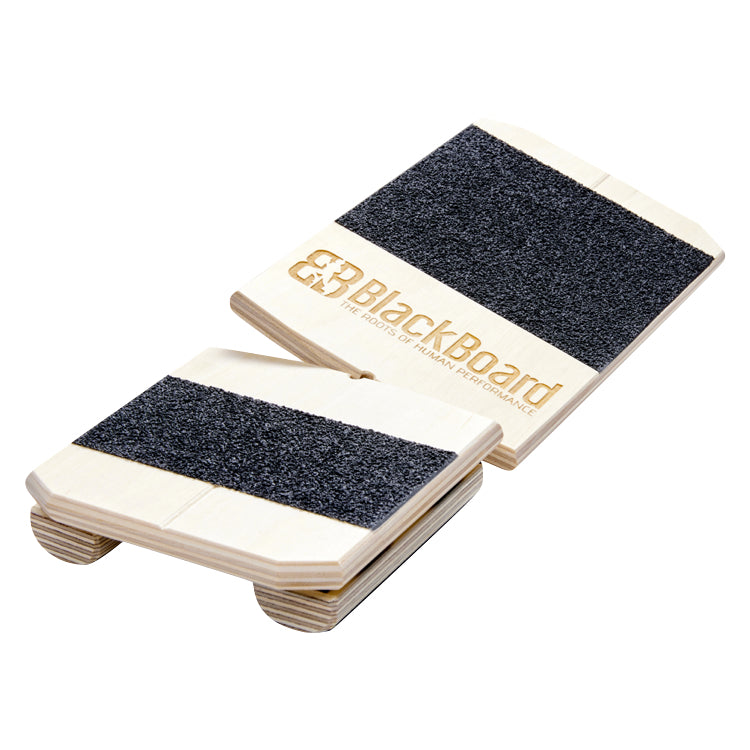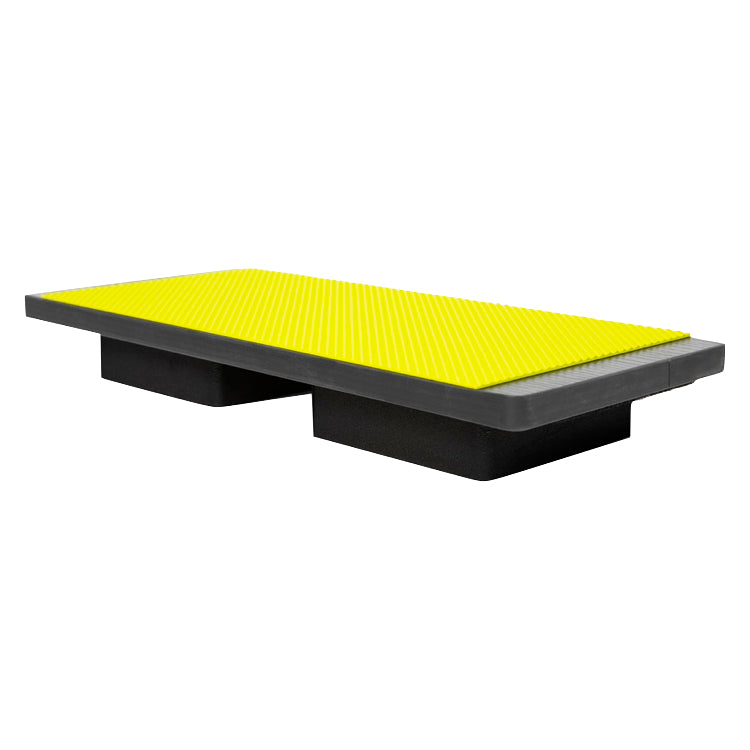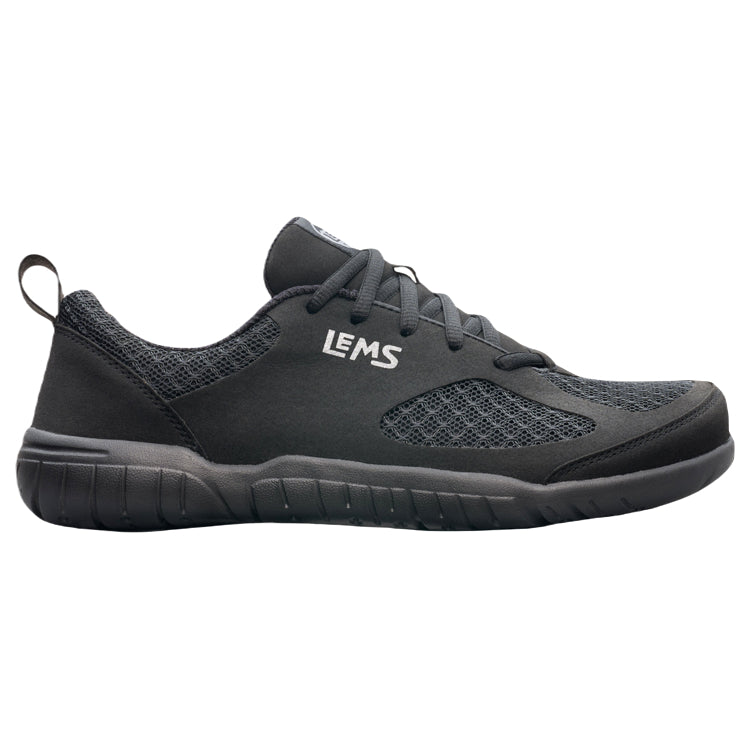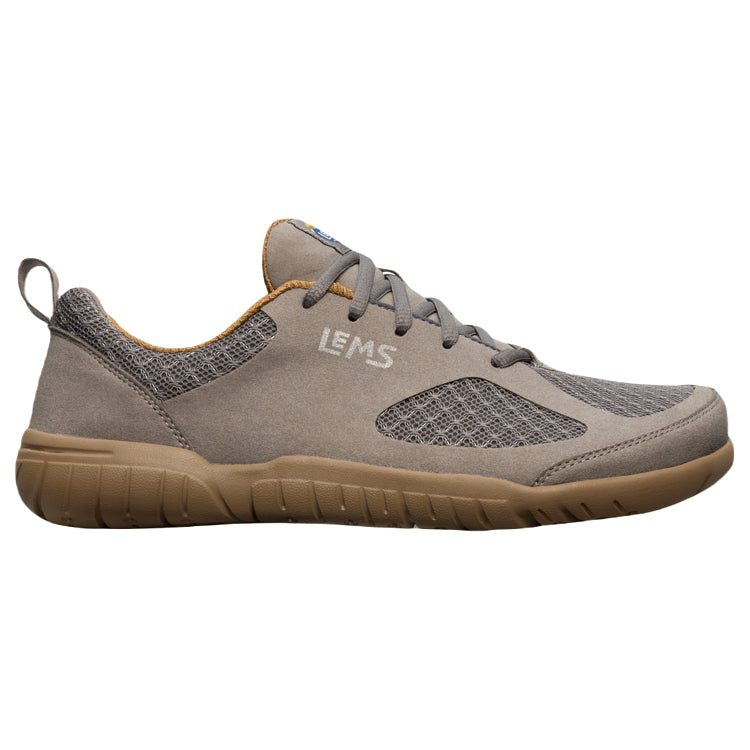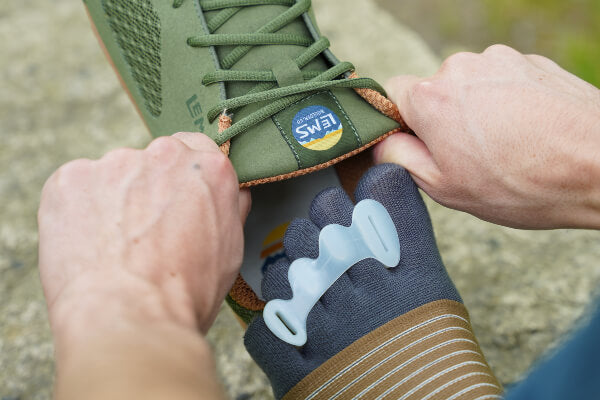
Hi, Jen. Thank you for sharing your experience and for your thoughtful question—it’s one we hear often from folks who’ve already made significant progress in reclaiming their natural foot function. First off, it’s fantastic to hear that your transition to minimalist footwear has gone well and that you’ve achieved healthier toe splay with the help of Correct Toes. That foundation alone has set you up for long-term foot health success. Still, as you’ve rightly noted, there’s often another level of foot health and performance that lies beyond simply wearing minimalist shoes. The key now is to shift your focus from passive alignment to active engagement—specifically, cultivating strong, responsive, and resilient feet through intentional movement and stimulation.
One of the most effective ways to build upon your current foundation is to integrate foot-specific exercises into your regular routine. Think of things like the Short Foot Exercise, the Toe Extensor Stretch, toe splaying against resistance bands, and controlled single-leg balance work on uneven surfaces. These types of movements can help reawaken the smaller intrinsic foot muscles that may still be underutilized, even in a minimalist footwear context. Going barefoot indoors—especially on natural textures like cork, wood, or textured mats—can also heighten proprioception and further condition the neuromuscular pathways that contribute to strength and agility. Just like with any form of training, consistency over time yields compounding benefits.
Incorporating more natural terrain into your daily movement is another powerful and often overlooked strategy. If possible, seek out opportunities to walk on grass, sand, gravel, or forest floor. These varied and irregular surfaces challenge your feet to adapt in real time, prompting subtle adjustments in foot positioning and muscle activation that a flat urban sidewalk simply can’t provide. You might also explore movement disciplines such as yoga, martial arts, Feldenkrais, or natural movement training (such as MovNat), which encourage full-body integration while placing a healthy demand on foot awareness, strength, and stability. Your feet will respond dynamically to these new challenges.
It’s also worth examining the health of structures upstream from your foot: Ankles, knees, hips, and core. Foot function is deeply intertwined with overall body mechanics, and any restrictions or imbalances in the kinetic chain can subtly limit the progress you’re able to make with your feet. Functional movement assessments, mobility routines, and even working with a practitioner who specializes in natural movement or gait retraining can help you uncover blind spots and break through plateaus. In this way, your journey toward optimal foot health becomes part of a broader and more holistic pursuit of full-body wellness.
Ultimately, what you’re describing—the feeling that “there’s more”—is a testament to how alive and aware your feet have become. That awareness is a gift, and it’s also a compass pointing you toward continued refinement. The next level isn’t a single destination but rather a mindset: One of curiosity, experimentation, and a commitment to daily, mindful movement. You’ve done the hard part by stepping away from conventional footwear. Now, I believe, it’s time to explore the full capacity of what naturally functioning feet can do—both at home and out in the world. I hope this info helps! Please let us know if you have any follow-up comments or questions!

WANT TO IMPROVE YOUR FOOT HEALTH?
Let the team at Natural Footgear help you! Subscribe to our newsletter for the latest offers and helpful info, and sign up for our FREE email courses on various topics and foot health conditions.
Sign Up →
Want to Improve Your Foot Health?
We are here to help you every step of the way. Get our newsletter for the latest offers and helpful info, and sign up for our FREE email courses on various topics and conditions, including bunions, hammertoes, neuromas, plantar fasciosis, shin splints, ingrown toenails, and more.
Sign Up →
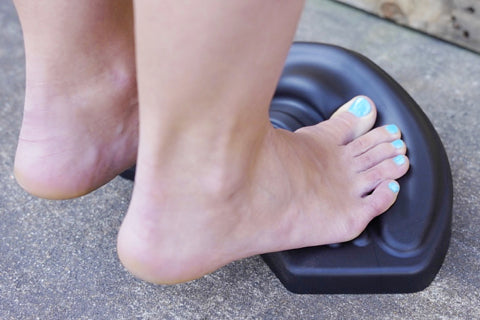 There are a number of exercises you can do to strengthen and stabilize your ankles as a way to prevent (or recover from) ankle sprains. In our experience, we have found the most helpful exercises to be the ones associated with the BlackBoard Basic, Human Locomotion ToePro, Human Locomotion Two-to-One Ankle Rockboard, and Naboso Kinesis Board foot gym tools. These tools are fantastic for improving ankle strength, and they allow...
Read more
There are a number of exercises you can do to strengthen and stabilize your ankles as a way to prevent (or recover from) ankle sprains. In our experience, we have found the most helpful exercises to be the ones associated with the BlackBoard Basic, Human Locomotion ToePro, Human Locomotion Two-to-One Ankle Rockboard, and Naboso Kinesis Board foot gym tools. These tools are fantastic for improving ankle strength, and they allow...
Read more



